Konstantin Grcic’s 360 Degree Chair
In searching for today’s product, I found myself encountering only Italian designers, who definitely have their time and place, as the legions of supporters of Carlo Colombo, Gaetano Pesce, Rodolfo Dordoni, et al. will vociferously testify. But the Milanese vibe just wasn’t getting to me today, so I opted out of the vowel-laden appellations of the Italians for someone (and something) a bit rougher around the edges: Munich’s Konstantin Grcic.
360 Degree Chair. Designed by Konstantin Grcic.
The German designer is known for his affinity for new/unorthodox materials, minimalist structures, and palpable wit—each of which were on display in his much-lauded Myto, a multi-use task chair made of BASF’s “Ultradur High Speed Plastic.” One (among many) of Grcic’s encores to this signature piece is the somewhat riskier 360 Degree Chair by Magis. It’s a conceptual tour de force that aims to turn the prevailing wisdom about work chairs squarely on its head.
The idea behind 360, says Grcic, is to invigorate the user, to encourage chair occupancy as a dynamic act, rather than a passive pastime. The piece aspires to none other than “shattering the ergonomists´monopoly on workplace design by turning a bumrest into a tool… sitting on it in a traditional way is the least successful approach—you feel a vertiginous sensation that everything that should be there isn´t.” This vertiginousness (if you don’t know the word, suffice it to say that it was probably a favorite of Hitchcock’s) recruits those too-long dormant nerve fibers of the sitter, thus encouraging the user to become “party to the imaginative invention of sitting” (Iconeye). And party to the self-preservationist impulse of not falling, I should add.
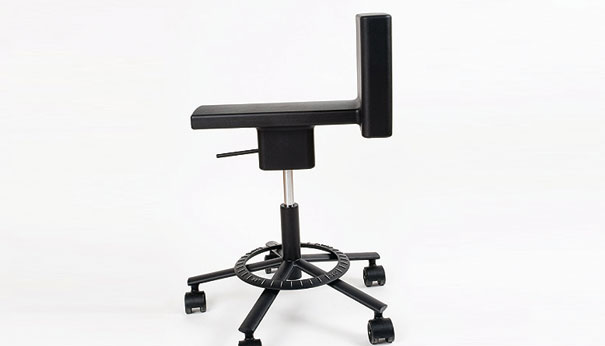
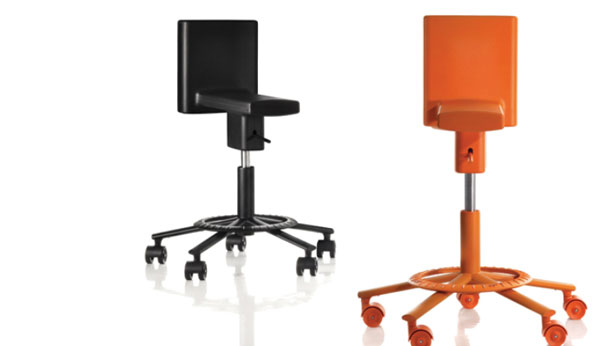
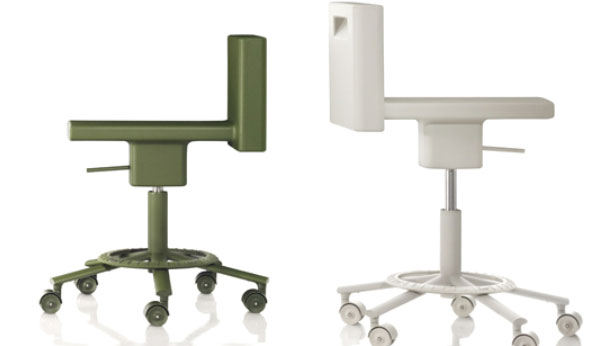
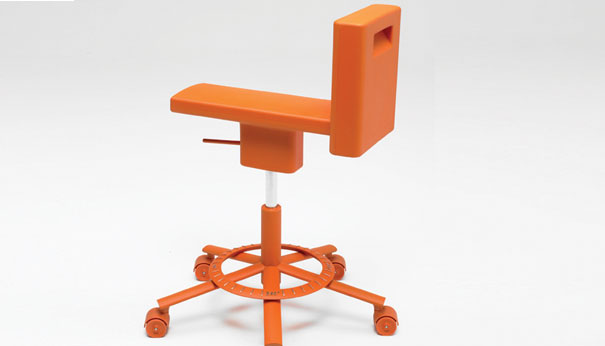
The notion strikes a chord with me, as I’m forever on the lookout for the new and conceptually unusual, but it certainly begs the question—how useful or functional is it? Just to look at 360, you’d probably be tempted to answer, “not much,” since the seating surface has the approximate width and depth of a balance beam. Of course, this is precisely the point, and the aim is to let the user interact with the chair’s overtly functional features (360 degree swivel, gas piston for height adjustment, rolling castors) in order to devise novel postures. This is fun, to be sure, and I do wish I had one in my living room so I could test it for speed and gravitational pull, but I don’t think I’d invite Grandma to take it for a spin.
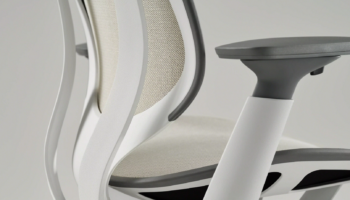
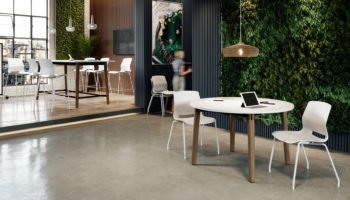


Leave a Reply